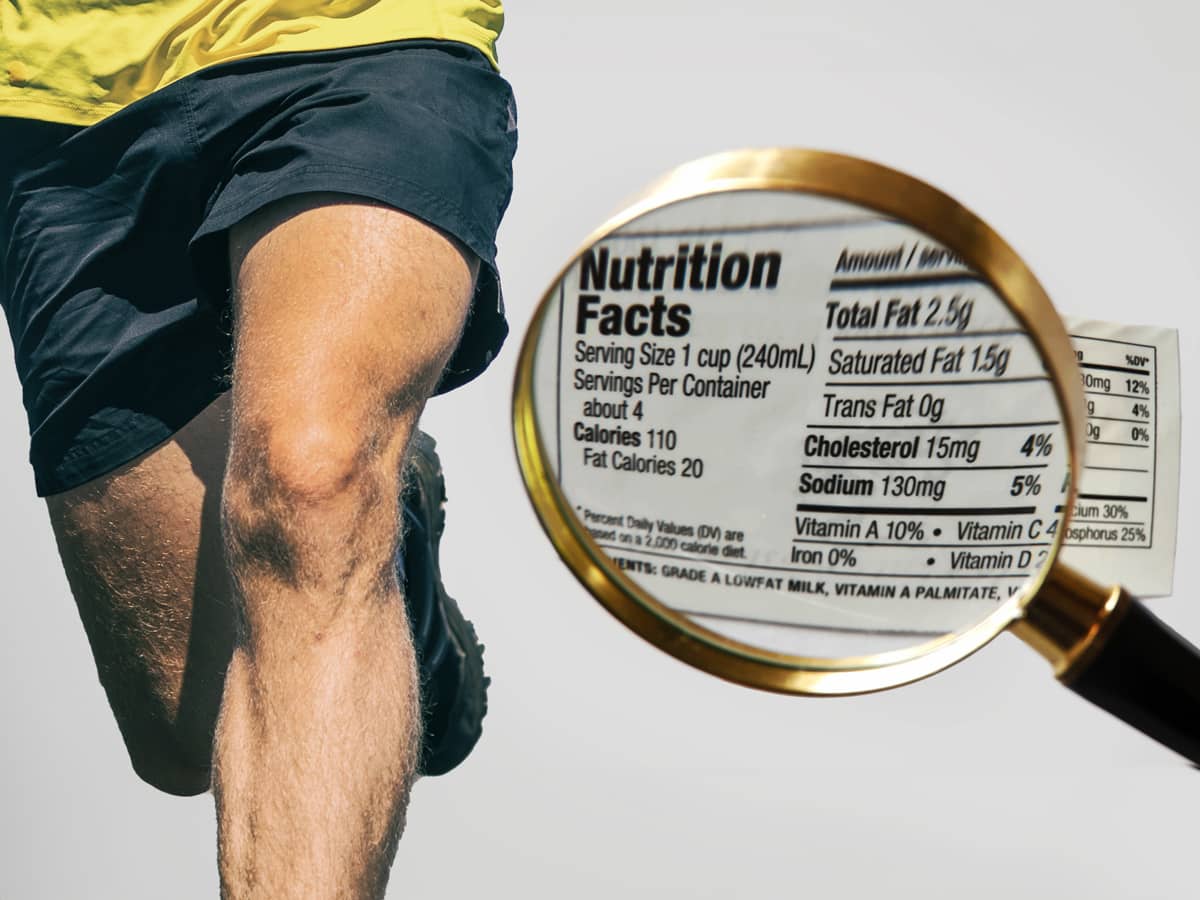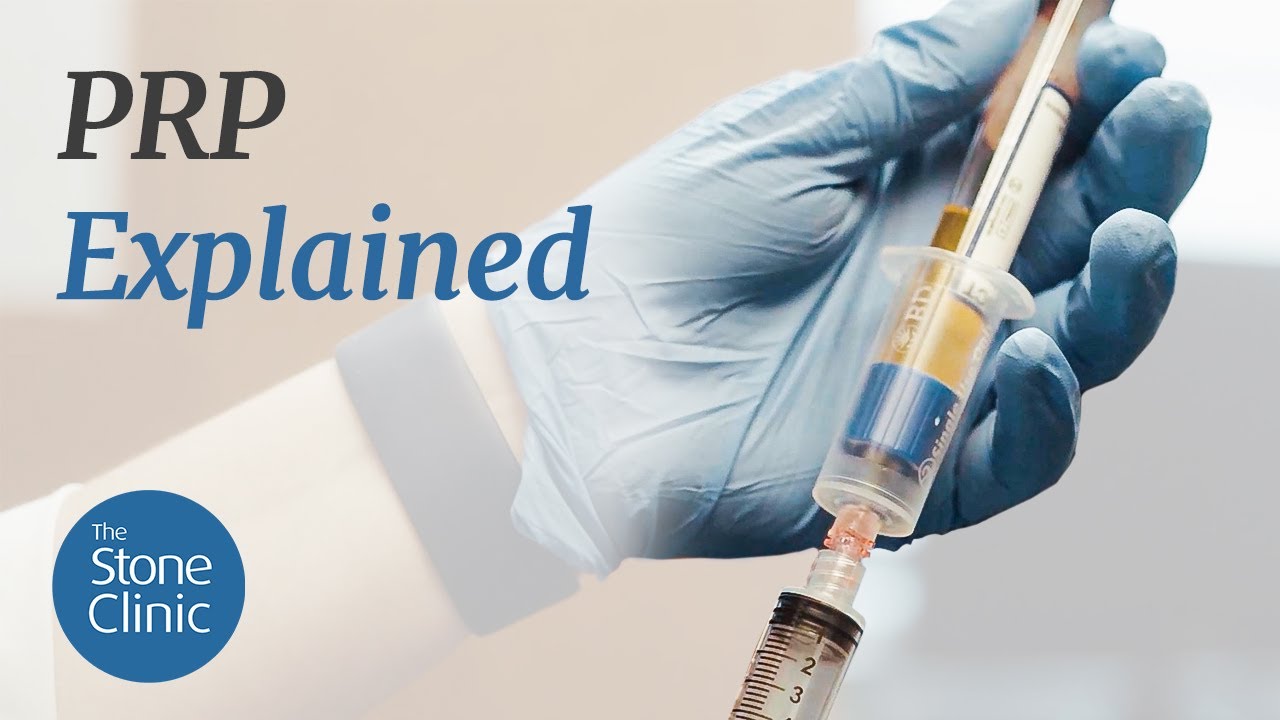Nutrition for the Knee
Hear From Our Patients
Running Pain Free After Knee PRP InjectionsThe knee joint is bathed in lubricants, charged sugars, and other components that keep it healthy. Here are some of the strategies we are investigating and using to augment the health of the knee (and all joints).

How Synovial Fluid Supports the Knee
The knee joint is bathed in synovial fluid, which contains critical proteins of albumin, electrolytes, glucose, oxygen, and charged sugars called glycosaminoglycans—the most common of which is hyaluronic acid (HA). These components nourish and lubricate the bearing surface (i.e. articular cartilage) as well as the ligaments and meniscus cartilage that make up the knee joint. Many of the cells of these tissues receive nutrition only from the synovial fluid, as there is no blood supply to the articular cartilage and very little to the inner border of the meniscus.
How Injuries Affect Joint Chemistry
When the joint is injured, the chemistry and components of the joint fluid are changed. Acute injuries produce bleeding into the joint, while chronic injuries (such as arthritis) increase inflammatory components. These include white cells and degradative enzymes that slowly degrade the tissues.
Joint health can be maintained by (a) avoiding injury and (b) optimizing the biomechanical influences that affect the joint daily. Since most people take 2-3 million steps per year, loading the knee with up to five times their body weight, optimizing your weight to your height and frame gives the joint a chance to function without excess loading.
Supplements for Joint Nutrition and Health
The chemistry of the joint may be affected in multiple other ways. The supplements glucosamine and chondroitin are precursors to the production of HA. Many patients who take glucosamine and chondroitin report that their joints feel less stiff and note that, after a few months, their fingernails are harder. This observational evidence confirms the systemic effect of the supplement.
Another supplement—fish oil—has a number of reported effects on the heart as well as the knee joint. It contains omega-3 fatty acids which, due in part to their blocking of degradative enzyme production, have anti-inflammatory properties. People report less finger and joint stiffness within weeks of taking fish oil. Whether or not anti-inflammatory diets or other supplements work as well is as yet unknown.
Biologic Injections: Hyaluronic Acid & Platelet-Rich Plasma
Injections of HA have been noted to decrease inflammation for many people with arthritis. The effect is variable, however, so over the last few years we have added anabolic components to the HA, which stimulate the lining cells of the joints to produce more HA.
The injections of platelet-rich plasma (PRP) and formerly of birth tissues such as Wharton’s Jelly have other benefits, including being anti-fibrotic (scarring), anabolic, and anti-inflammatory. They also recruit the body’s stem-cell-derived progenitor cells to the injection sites. These factors dramatically improve the results of HA injections alone. The use of birth tissues in joint injections is currently on hold pending FDA approval.
Questions arise as to how often nutrition and lubrication injections should be provided to joints, and whether or not they are protective against the development or progression of arthritis. Additional questions relate to the acceleration of healing of injured joint tissues. Can we make an ACL injury heal faster? These injections to augment the health of the joint will be improved with our continuing research, and that of many others—as joint nutrition may be a key future therapy in our effort to delay joint aging.
Dr. Stone Explains PRP Injections
Our use of pain-relieving injections focuses on stimulating your body’s own internal pharmacy to improve the site of your injury in the following ways:
- accelerating the healing process
- shutting down inflammation
- limiting scar formation
- recruiting repair cells to support healing
At The Stone Clinic, we combine PRP with HA to create a broadly stimulating "cocktail" to induce a healing response in both non-operative and post-operative patients.



